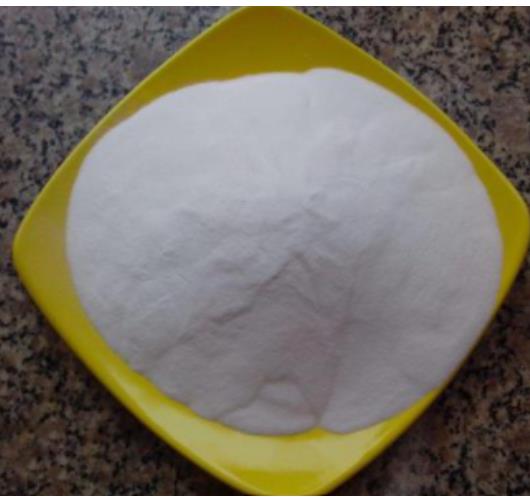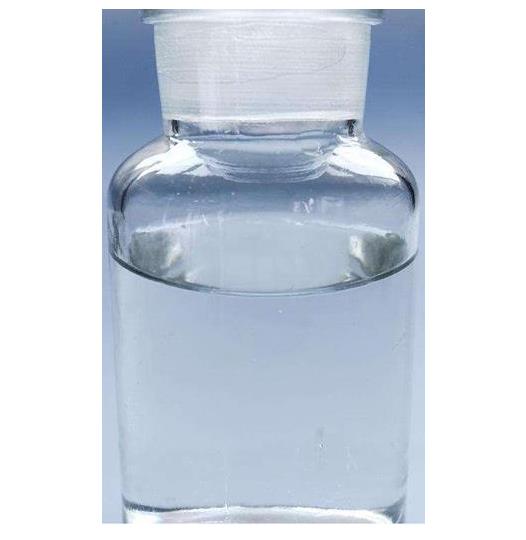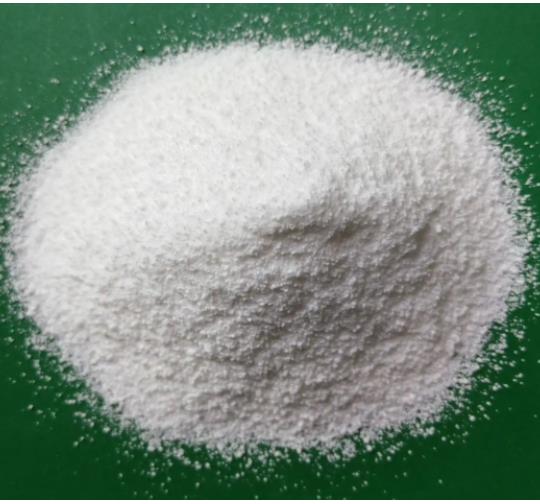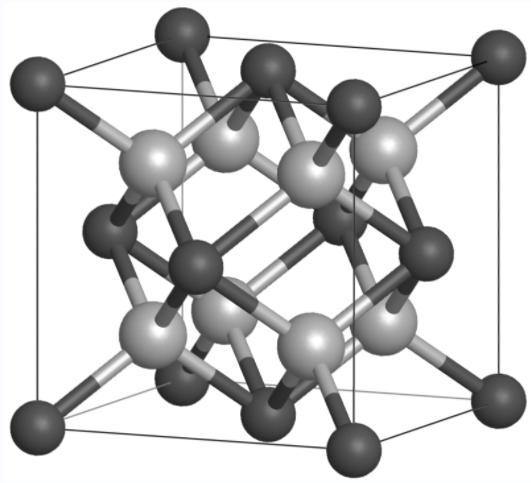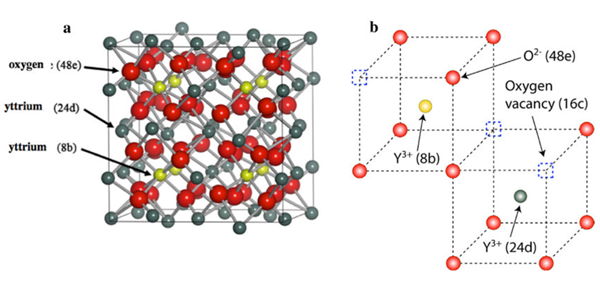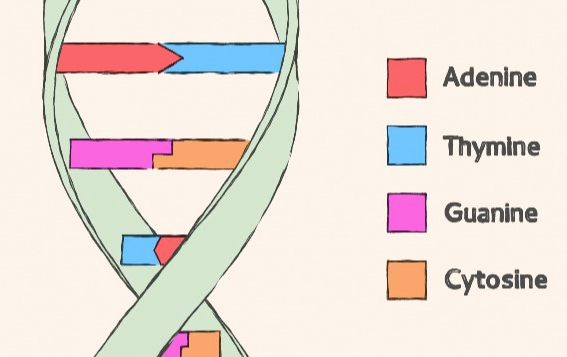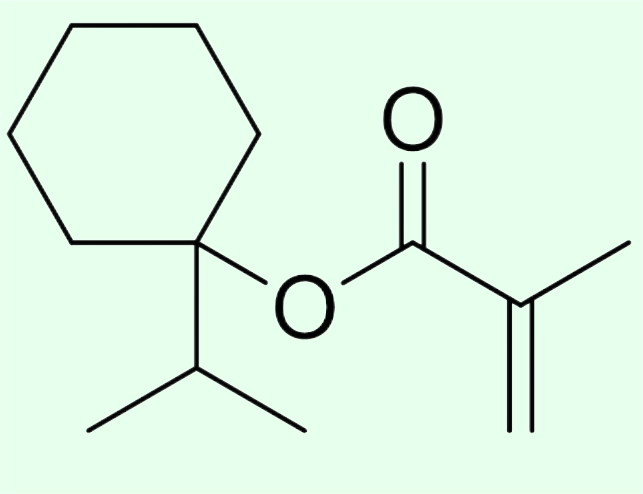Active Pharmaceutical Ingredients (API), popularly speaking, are the raw materials of medicines, only pharmaceutical raw materials are processed into pharmaceutical preparations , can they become medicines available for clinical use, so drugs we usually eat are the finished drugs through processing. Active Pharmaceutical Ingredients based on its sources can be divided into two major categories ,including chemical synthetic drugs and natural chemical drugs. Chemical synthetic drugs can be divided into organic synthetic drugs and inorganic synthetic drugs. Inorganic synthetic drugs are inorganic compounds ( very few is element), such as aluminum hydroxide, magnesium trisilicate which are used for the treatment of gastric and duodenal ulcers ; organic synthetic drugs are mainly composed of drugs made by basic organic chemical raw materials, through a series of organic chemical reactions (such as aspirin, chloramphenicol, caffeine, etc.). Natural chemical drugs ,based on its sources,can be divided into two categories including biochemical drugs and plant chemical drugs. Antibiotics are generally made by the microbial fermentation, which belongs to the biochemistry category. A variety of semi-synthetic antibiotics occurs in recent years,which are biosynthesis and chemical synthesis combining products.Among active Pharmaceutical Ingredients, the organic synthetic drugs varieties, yields and values have the largest proportion,which are the main pillars of the chemical and pharmaceutical industries. The quality of active Pharmaceutical Ingredients decides whether the formulation is good or bad , so its quality standards are very strict ,countries in the world have developed national pharmacopoeia standards and strict quality control methods for its widely used active Pharmaceutical ingredients.
Unlocking the Potential of L-Leucine: Insights into Its Synthesis, Composition, and Diverse Applications in Health and Industry
L-Leucine, a critical player in the biochemistry of life, stands out as one of the nine essential amino acids that humans must obtain through their diet.
May 23,2024 APIThe Versatile World of Ethyl Benzoate: Insights and Innovations in Chemistry
In the realm of organic chemistry, esters have always played a pivotal role due to their versatile applications across various industries.
May 23,2024 APISodium Cyanoborohydride: A Versatile Agent in Chemical Synthesis
Sodium cyanoborohydride (NaCNBH?) is a chemical compound extensively utilized in the realm of organic synthesis.
May 23,2024 APICrystal Structure of Cerium dioxide
Cerium dioxide (CeO2) has a fluorite crystal structure, which is a face-centred cubic (FCC) arrangement with a space group of Fm?3 m.
May 22,2024 APIWhat is the crystal structure of Yttrium oxide?
Yttrium oxide, with the chemical formula Y2O3, is known to exhibit different crystal structures under various conditions.
May 22,2024 APIWhat is adenine and its function?
Adenine is a molecule made of carbon, nitrogen, and hydrogen atoms.
May 22,2024 APIWhat is 1-Methylcyclopentyl methacrylate used for?
1-Methylcyclopentyl methacrylate (MCPMA) is an organic solvent used primarily in photolithography materials, cross-linked rubbers, resins and chemical reagents.
May 22,2024 APIUnveiling L-Mandelic Acid: A Comprehensive Exploration of its Properties, Synthesis, and Applications
L-mandelic acid, has garnered significant attention within the chemical community for its multifaceted applications and intriguing chemical properties.
May 22,2024 APILactose: A Comprehensive Overview
Lactose, a disaccharide sugar derived primarily from milk, has played a pivotal role in the fields of food science and pharmaceuticals.
May 22,2024 APIMethyl Salicylate: Synthesis, Composition, Applications, and Storage Insights
Methyl salicylate is more than just an ingredient; it is a multifaceted compound with broad applications that underscore its significance in the chemical.
May 22,2024 API



